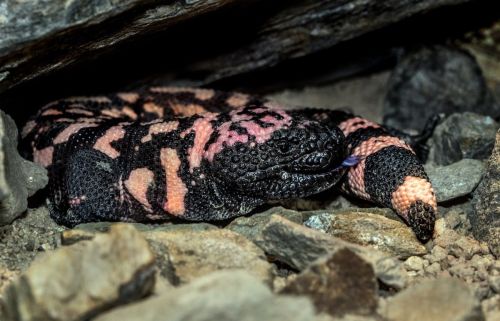They are often mistaken for rattlesnakes due to similar look and behavior. Bull snakes are found in areas abundant with rodents which are their favorite prey. In search for food they dig through soil with help of their rostral scale.
Many people wonder where they got their name? It's because of the sounds they emit when threatened: Hissing and bellowing, which resemble the sounds of snorting bull.
Larger specimens can be occasionally found, up to 2,5m (8ft 4 in).
Bull snakes average weight is 1 to 1,5 kg (2,2 to 3,3 lb.). Heaviest specimen recorded was 4,5 kg (9,9 lb.).
Rats, squirrels, gophers, moles, and mice are the bull snake's favourite food. They also eat lizards and birds. Sometimes they raid bird nests and consume nestlings or brooding parents.
If their prey is small, bull snakes often consume it alive. They constrict only bigger prey.
The nests can be in open areas as well as under rocks or logs.
Bullsnakes usually dig their nests singly, but communal nests also have been reported. Outside of the breeding season, bull snakes generally live as solitary individuals.













